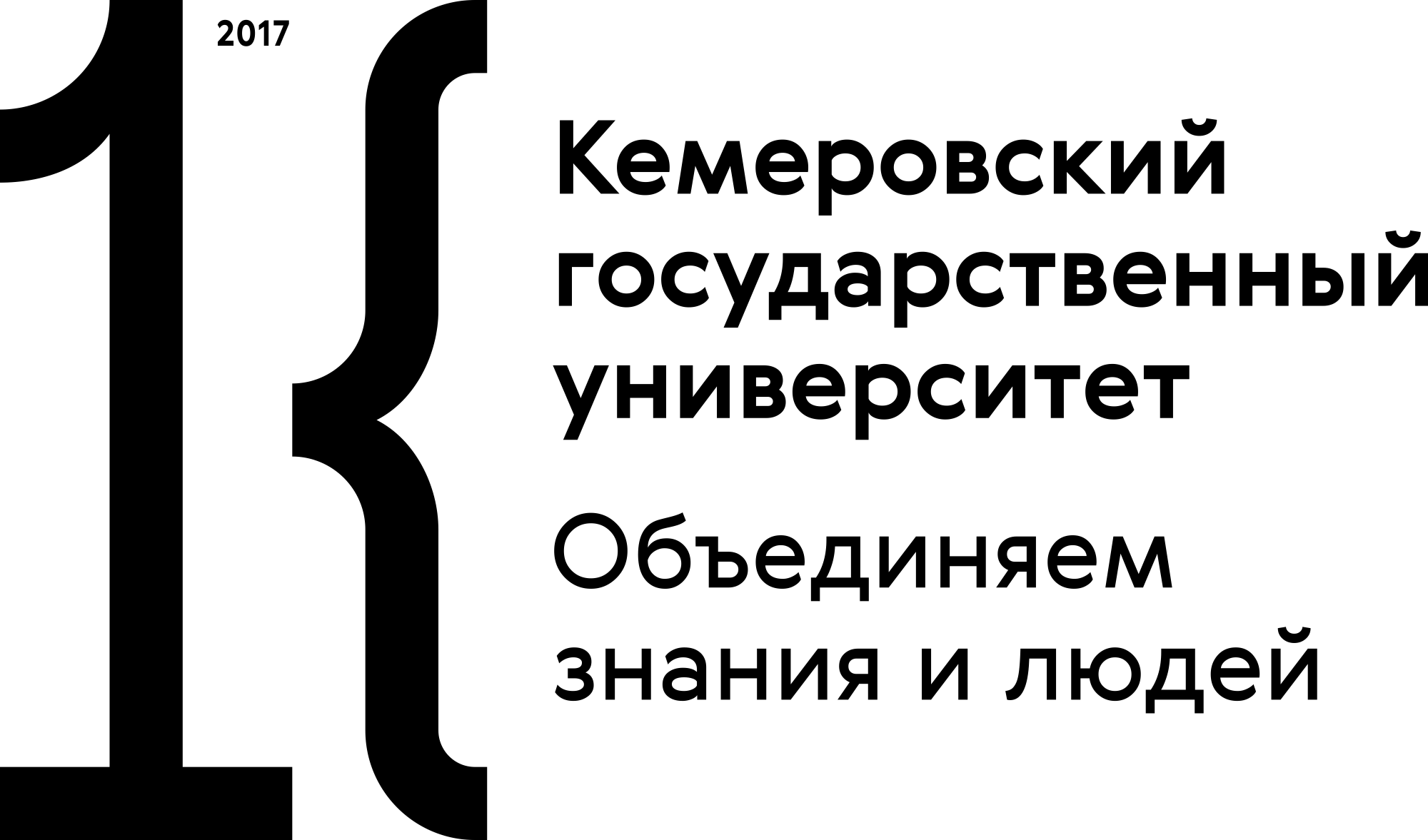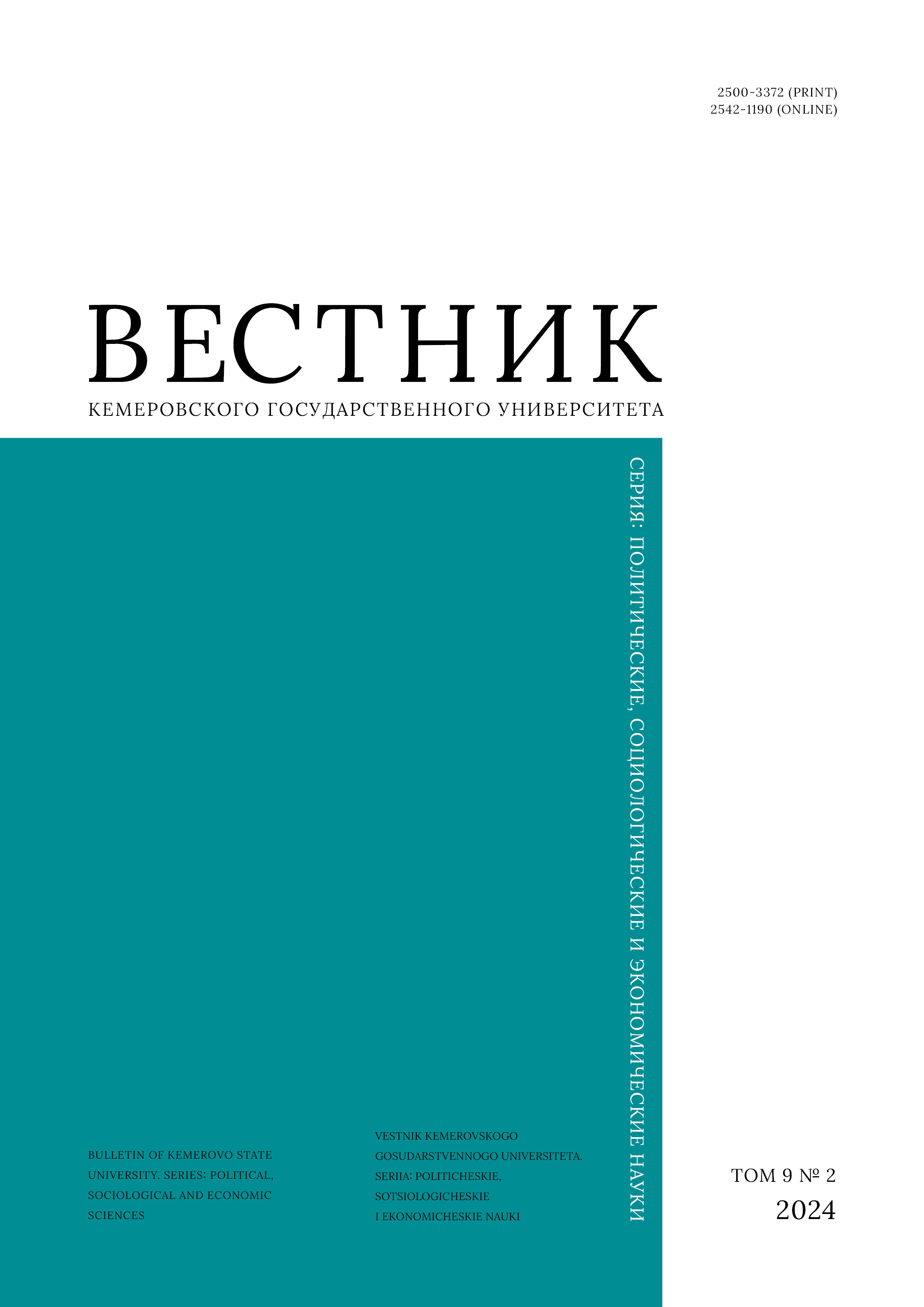с 01.01.2022 по 01.01.2024
Москва, Россия
Москва, Россия
Существует множество факторов неопределенности, влияющих на развитие человеческого капитала: финансовые кризисы, экономический государственный строй, уровень образования среди населения, геополитические конфликты и конкуренция. Цель – обосновать необходимость создания инструментов повышения эффективности человеческого капитала на промышленных предприятиях и определить направления деятельности компаний, обеспечивающие повышение устойчивости организационных систем. В работе использованы методы анализа теоретических источников, синтез и систематизация. Научная новизна исследования состоит в анализе, направленном на выявление особенностей построения корпоративной культуры как на небольших предприятиях, так и в крупных корпорациях с учетом минимальных и максимальных инвестиций, влияющих на ход процессов повышения качества человеческого капитала, а также в разработке рекомендаций по совершенствованию мер корпоративной политики. Авторами проанализированы зарекомендовавшие себя методологии повышения эффективности персонала на предприятиях. Изучены история появления запроса на рост эффективности рабочего труда, влияние искусственного интеллекта и машинного обучения на автоматизацию деятельности сотрудников, неформальные связи и их необходимость в построении устойчивой культуры организации, рассматривающей текущие запросы российского бизнеса на повышение производительности. Сделан вывод, что российские компании сталкиваются с общемировыми вызовами, такими как повышение автоматизации задач, удержание опытных сотрудников и их обучение. Работодатели вынуждены снижать риски оттока кадров с помощью инвестиций во внутренние процессы корпораций.
человеческий капитал, ресурсное обеспечение, промышленное развитие, кадровый резерв, эффективность сотрудников
1. Воскобойников И. Б. Технологии общего назначения, человеческий капитал и экономический рост. Научный дайджест. 2023. № 2. C. 1–12.
2. Cagnazzo L., Taticchi P. Six sigma: A literature review analysis. 8th WSEAS International Conference on E-Activities and information security and privacy: Proc. 8th Intern. Conf., Puerto De La Cruz, 14–16 Dec 2009. Stevens Point: WSEAS, 2009, 29–34.
3. Krugman P. R. Peddling Prosperity: Economic sense and nonsense in an age of diminished expectations. NY: W. W. Norton & Company, 1994, 303.
4. Asem E., Alam S. A.K.M. The role of the S&P 500 index constituents in tracking the U.S. equity market. International Journal of Economics and Finance, 2012, 4(12). http://dx.doi.org/10.5539/ijef.v4n12p15
5. Mankins M. C., Garton E. Time, talent, energy: Overcome organizational drag and unleash your team's productive power. Brighton: Harvard Business Review Press, 2017, 240.
6. El-Taliawi O. G. Resistance to organizational change. Global Encyclopedia of Public Administration, Public Policy, and Governance, ed. Farazmand A. NY: Springer, 2018, 1–4. http://dx.doi.org/10.1007/978-3-319-31816-5_3450-1
7. Mankins M. The best companies don't have more stars – they cluster them together. Harvard Business Review, 2017. URL: https://hbr.org/2017/02/the-best-companies-dont-have-more-stars-they-cluster-them-together (accessed 23 Apr 2024).
8. Riak G. A., Bill D. A. The role of employee motivation. IJRDO – Journal of Social Science and Humanities Research, 2022, 8(11): 40–44. https://doi.org/10.53555/sshr.v8i11.5388
9. Tschang F. T., Almirall E. Artificial intelligence as augmenting automation: Implications for employment. Academy of Management Perspectives, 2021, 35(4). https://doi.org/10.5465/amp.2019.0062
10. Kim S., Wang Y., Boon C. Sixty years of research in technology and human resource management: Looking back and looking forward. Human Resource Management, 2021, 60(1): 229–247. http://dx.doi.org/10.1002/hrm.22049
11. Sharples M. Human-Computer interaction. Artificial Intelligence, ed. Boden M. A. NY, London, Oxford, Boston, San Diego: Academic Press, 1996, 293–323. http://dx.doi.org/10.1016/B978-012161964-0/50012-1
12. Luxton D. D. Artificial intelligence in psychological practice: Current and future applications and implications. Professional psychology: Research and practice, 2014, 45(5): 332–339. https://psycnet.apa.org/doi/10.1037/a0034559
13. Reeves J. Automatic for the people: The automation of communicative labor. Communication and Critical / Cultural Studies, 2016, 13(2): 150–165. https://doi.org/10.1080/14791420.2015.1108450
14. Belloni A., Berger A., Besson V., Boissier O., Bonnet G., Bourgne G., Chardel P.-A., Cotton J.-P., Evreux N., Ganascia J.-G., Jaillon P., Mermet B., Picard G., Reber B., Simon G., Swarte T., Tessier C., Vexler F., Voyer R., Zimmermann A. Dealing with ethical conflicts in autonomous agents and multi-agent systems. 29th AAAI Conference on Artificial Intelligence: Proc. 29th AAAI Conf., Austin, 25–30 Jan 2015. Menlo Park: AAAI Press, 2015, 21–27.
15. Spring M., Faulconbridge J., Sarwar A. How information technology automates and augments processes: Insights from Artificial-Intelligence-Based systems in professional service operations. Journal of Operations Management, 2022, 68(6-7): 592–618. http://dx.doi.org/10.1002/joom.1215
16. Ponomareva N. S. Role and place of informatics in the training of future teachers of mathematics. Journal of Physics Conference Series, 2021, 1840(1). http://dx.doi.org/10.1088/1742-6596/1840/1/012035
17. Hallo L., Nguyen T. Holistic view of intuition and analysis in leadership decision-making and problem-solving. Administrative Sciences, 2022, 12(1). http://dx.doi.org/10.3390/admsci12010004
18. Debortoli S., Müller O., Brocke J. Comparing business intelligence and big data skills: A text mining study using job advertisements. Business & Information Systems Engineering, 2014, 6: 289–230. http://dx.doi.org/10.1007/s12599-014-0344-2
19. Stuer D., Vos A., Heijden B., Akkermans J. A sustainable career perspective of work ability: The importance of resources across the lifespan. International journal of environmental research and public health, 2019, 16(14). https://doi.org/10.3390/ijerph16142572
20. Pyöriä P. Informal organizational culture: The foundation of knowledge workers' performance. Journal Knowledge Management, 2007, 11(3): 16–30. http://dx.doi.org/10.1108/13673270710752081
21. Moldovan O., Macarie F. C. How to change the informal side? A comparative analysis of organizational culture transformation models. Managerial Challenges of Contemporary Society, 2014, 7(2): 40–45.
22. Van Kleef G. A., Côté S. The social effects of emotions. Annual Review of Psychology, 2022, 73: 629–658. https://doi.org/10.1146/annurev-psych-020821-010855
23. Krackhardt D., Hanson J. R. Informal networks: The company behind the chart. Harvard Business Review, 1993, 71(4): 104–111.
24. Banerjee I., Chandra A., Pant J., Sharma S. Employee experience still matters: Talent retention at GCCs. McKinsey Digital, 2023. URL: https://www.mckinsey.com/capabilities/mckinsey-digital/our-insights/employee-experience-still-matters-talent-retention-at-gccs (accessed 23 Apr 2024).
25. Garibaldi M., Husain A., Madner S., Nathan A. Attracting and retaining tech talent to sustain mobility’s growth. McKinsey & Company, 2023. URL: https://www.mckinsey.com/industries/automotive-and-assembly/our-insights/attracting-and-retaining-tech-talent-to-sustain-mobilitys-growth#/ (accessed 23 Apr 2024).

















